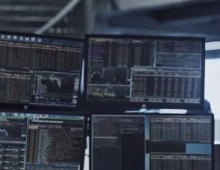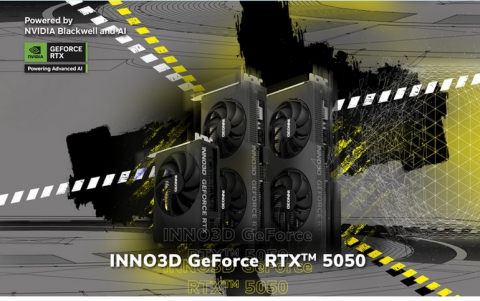
HP ditches add-on CD-RW market
HP is exiting that market so it can better concentrate on the emerging, and potentially more profitable, demand for recordable DVD drives. The Palo Alto, Calif.-based computer giant will release no more new models of CD-RW drives and will stop shipping add-on CD-RW drives in the early part of 2002, Dean Sanderson, HP's lead product manager for DVD+RW drives, said Wednesday. HP will continue to bundle CD-RW drives in its computers for an indefinite period.
In many ways, HP is getting out while the getting is good. Most consumer PCs now come with a built-in CD-RW, which has severely dented the add-on market. "Seventy to 80 percent of consumer PCs have it," Sanderson said. By contrast, only about 50 percent of PCs included a CD-RW drive in the fourth quarter of 1999. HP has about 20 percent of the add-on market, he said, although for a brief time in the middle of 2000 it commanded about 60 percent. Price competition has also become fierce. When CD-RW drives emerged in 1995, they cost $1,200. Now, consumers can pick up drives for $99 to $249, including rebates. Most CD-RWs end up in the consumer market. Only 5 percent of corporate machines include a recordable CD drive.
The turning point for the market occurred in the fourth quarter of last year, Gartner analyst Mary Craig said. At the time, PC manufacturers, faced with stagnant sales, began canceling shipments for internal CD-RW drives. These drives were then repackaged and sold in stores as add-on peripherals. In addition, external DVD+RW drives, which start at $599, likely will have higher margins, Craig said, although it will take two to three years to build a mass market.
The turning point for the market occurred in the fourth quarter of last year, Gartner analyst Mary Craig said. At the time, PC manufacturers, faced with stagnant sales, began canceling shipments for internal CD-RW drives. These drives were then repackaged and sold in stores as add-on peripherals. In addition, external DVD+RW drives, which start at $599, likely will have higher margins, Craig said, although it will take two to three years to build a mass market.





















